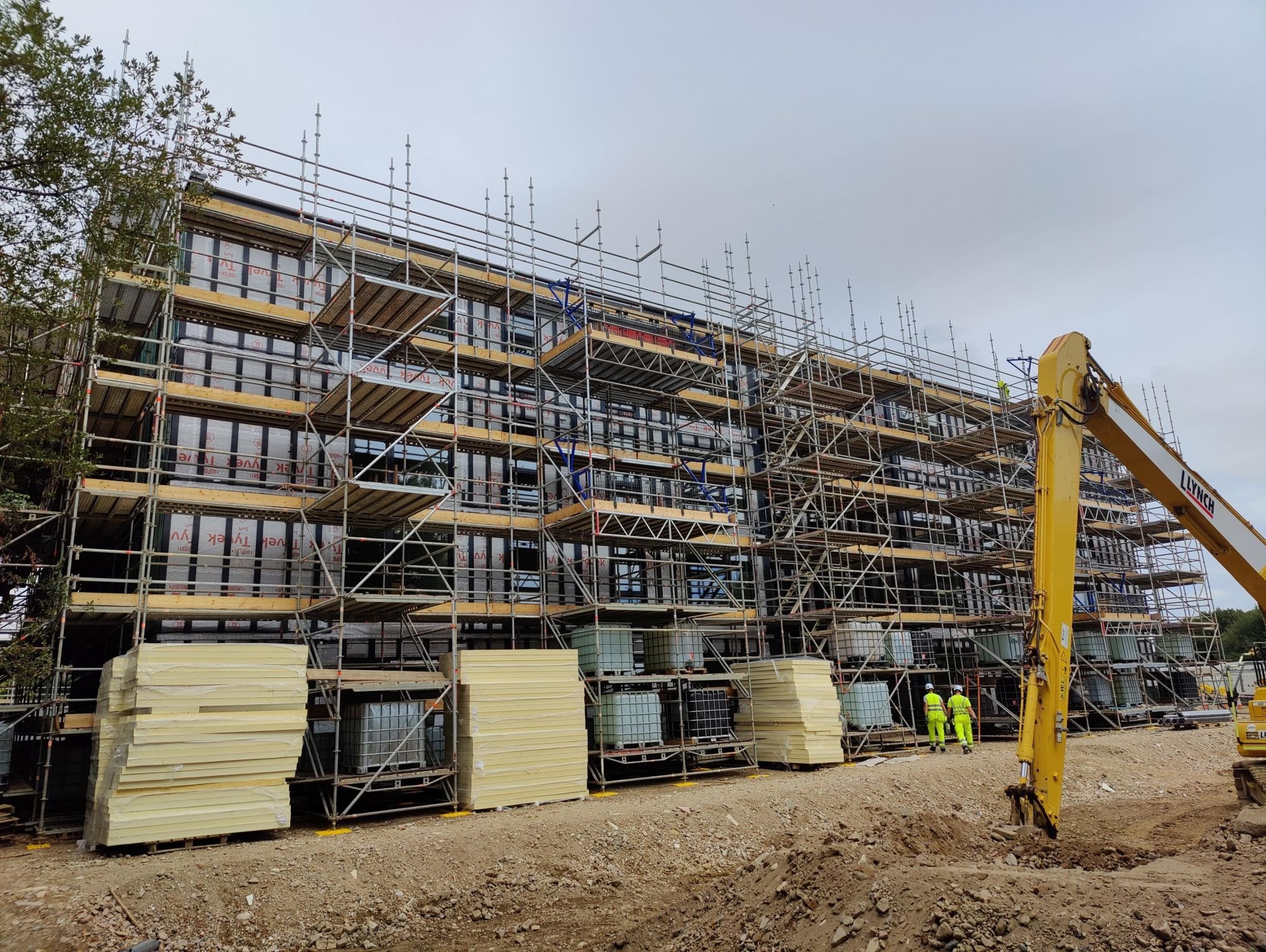Use Cases
UC 1: Data driven sawmill and woodworking machine setup
UC 1.1: Data and material models driven lumber production and handling
Key Challenge
Precision and relevance of material models, model sizes, real-time image data processing speed.
Assessment of benefits of using digital (wood) material models and real-time sensor data for sawmill process (selection, cutting, drying) optimisation and lumber quality improvements.
Expected Benefits
Increase of sawmill yield by 20%, increase of lumber quality – reduction of sold material nonconformity claims by 10%.
UC 1.2: DTs assisted assembly, remote operation & servicing for woodworking machinery
Key Challenge
Design and implementation of open standards-based DT and AR solutions, dealing with hybrid sources of data models, remote operation.
UC 1.2 will use a blueprint for data sharing that relies on open standards-based DTs. UC 1.2 will demonstrate the STEP (ISO 10303) technology and its specifications in an operational DT environment, facilitating data exchange for products and business processes commonly used by many industrial actors. Both Cloud and Edge-based data providers are used. In addition, UC 1.2 will demonstrate via trials how AR software/tools can be used for machine service operations and assembly processes.
Expected Benefits
Recommendations for DT use in small-scale industry (of SMEs).
UC 1.3: Data and AI driven industrial machines fault prediction and design support
To use IoT data for predictive maintenance (PdM) and design enhancement of sawmill and woodworking machines and demonstrate this in live operation conditions over the 5G. UC1.3 will demonstrate the benefits of using IoT, PdM and 5G communication in small-volume machinery production.
Expected Benefits
PdM could raise Overall Equipment Effectiveness (OEE) by up to 90% compared to proactive maintenance methods; methods to be developed to include PdM data to the machinery development process.
Key Challenge
Data aggregation, AI adaption, security and trust.
UC Category 2: Modular wood-house factory
UC 2.1: Precise localisation for production processes optimisation and human safety
Key Challenge
Implementation of 5G localisation infrastructures based on recent 3GPP releases, algorithmic complexity for indoor localisation.
Demonstration of benefits of microwave 5G NPN and sensor fusion-based precise localisation methods for indoor logistics and human safety.
Expected Benefits
Wooden elements assembly work efficiency improved by 10%, improving safety of workers during 2D to 3D assembly processes. Forklift operational efficiency improvement of 20% in the pilot.
UC 2.2: DT, AR and Industry 5.0 UX assisted production supported by ZSM 5G data exchange
To improve quality, efficiency and safety of woodhouse assembly by implementing Augmented Reality (AR) and Industry 5.0 assisted production.
Expected Benefits
Shortening of element assembly time by 20%, reduction of assembly errors by 10%, enabling automated feedback of design errors to BIM models, and reduction of new workers’ training time by 75%. Recommendations for using AR devices and DT in factory floor assembly processes.
Key Challenge
AR solution implementation in a reliable way, workers acceptance.
UC 2.3: Data driven design to production cycle optimisation
Key Challenge
Selecting appropriate data sources, technical implementation of data feedback to design process.
To shorten the design to production cycle and provide automated feedback of discovered noncompliances to prior design and manufacturing steps.
Expected Benefits
2 times shorter design to production cycle by example of Harmet, reduction of customers non-compliances reports by 20%.
UC Category 3: Construction and renovation with wooden elements, valorisation of composite waste
UC 3.1: AR and Industry 5.0 UX assisted assembly and renovation of green buildings
Key Challenge
Infrastructure setup for AR services
Testing benefits of AR-assisted buildings assembly at 3 construction pilot sites.
Expected Benefits
5% reduced construction assembly time, 10% reduced amount of assembly errors, and 10% reduced need for spare materials at the construction site.
UC 3.2: Long term SHM of wooden constructions using IoT and embedded AI
Validation of 5G IoT SHM data acquisition solutions for long preservation and reuse of wooden elements.
Expected Benefits
Enable and validate the feasibility of reuse of wooden construction elements targeting temporary houses UC.
Key Challenge
Lifetime and cost of wooden modules wireless IoT devices.
UC 3.3: Wooden composites waste recycling
Key Challenge
Engagement of biochemistry partners for domain knowledge.
Validation of feasibility of material models driven recycling of woodhouse manufacturing waste.
Expected Benefits
The material model extension (for biocomposites) provides the required information for wood-based waste valorisation through the biochemical processes.



